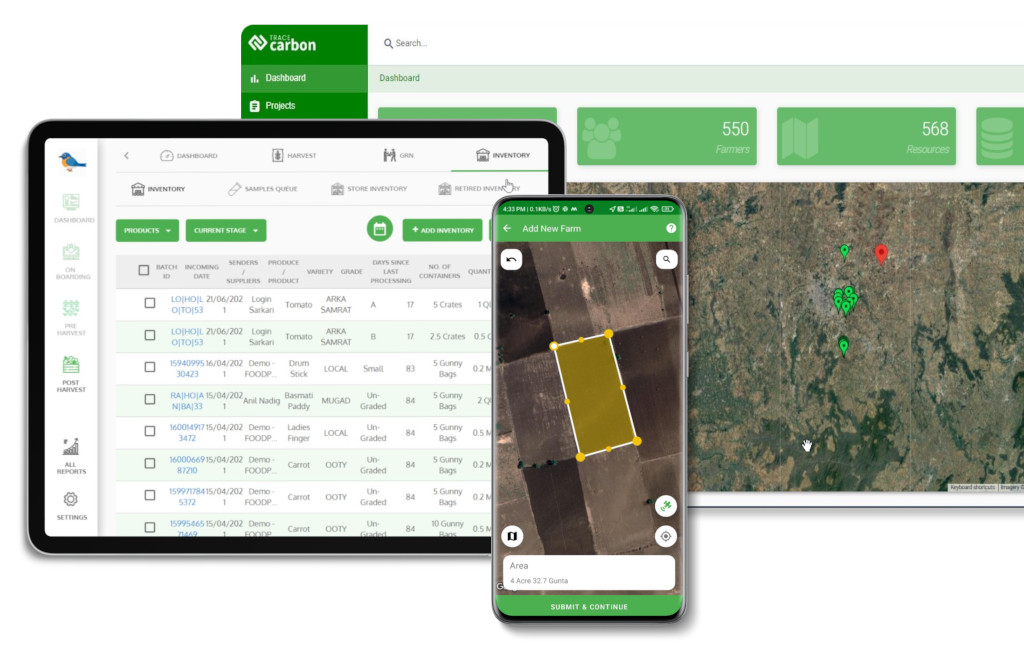Contact: +91 99725 24322 |
Menu
Menu
Quick summary: Appointing an EU-Based Representative for EUDR streamlines TRACES access, DDS filing, and authority liaison—reducing customs holds and keeping shipments audit-ready.

If your importer won’t file on your behalf or you choose to act as the operator, you effectively need an EU-based representative to bridge those gaps. Under EUDR, compliance isn’t just sharing certificates with your EU buyer. Filings occur within the EU system (TRACES), and authorities request follow-ups in EU time zones and languages; shipment releases can depend on rapid, precise responses.
Non-EU exporters benefit from appointing an EU-based representative for EUDR to handle TRACES access and submit Due Diligence Statements (DDS) on their behalf, act as the local contact point with competent authorities, and keep filings consistent across entities and products. The regulation permits representatives to file DDS, including via a single account for groups, while the exporter/operator retains full legal responsibility, so it’s operationally smart, not a liability shield. This reduces admin, time zone/language friction, and inspection delays for EU-bound shipments.
Without an EU-based representative, you risk: (1) stalled TRACES onboarding and DDS drafting, (2) missed 72-hour amendment windows, (3) unanswered “substantiated concerns” from competent authorities, (4) customs holds when DDS references or evidence don’t match POs/shipments, and (5) fragmented audit trails. A representative centralizes filings, handles authority queries, aligns DDS data with your shipments, and keeps documents audit-ready—protecting market access and cash flow.
Key Takeaways
Ready to get EUDR-ready?
Start with the essentials—then file with confidence.

1) Deep EUDR workflow expertise
You want a partner that lives inside TRACES flows, shipment by shipment not a consultant who hands you PDFs. They should design around operator/trader roles, DDS drafting/approvals, 72-hour amendment rules, and Annex I/HS code scope.
Compliance should be shipment-scoped
2) Digital traceability that captures and validates supplier geodata
Tools must make suppliers successful: mobile & web mapping, CSV-GeoJSON conversion, and on-upload validation (CRS, geometry, duplicates, country mismatch). Satellite layers are table stakes; the win is binding those results to the exact plots/establishments in your DDS.
3) Certification integrations that reduce not replace due diligence
FSC, PEFC, Rainforest Alliance, etc. should auto-ingest and verify certificates, expiry dates, scope, and sites then sit alongside your EUDR evidence.
Certifications are signals, not absolution. Your partner should use them to lower friction, while still enforcing EUDR-specific data (plots/establishments, permits, composition tables).
4) Continuous monitoring not one-and-done filings
Look for alerts on data gaps, post-2020 land-use change screens, supplier performance dashboards, and recurring evidence refresh all tied to open shipments.
Treat the platform as your control tower: if a plot fails screening or a certificate lapses, your DDS gate should lock automatically.

Choose a partner that enforces evidence over promises, binds satellite and certification signals to shipment-scoped data, and keeps you responsive to EU authorities—every single day, not just at filing time.
Context:
ATC Tyres (India) exports tires to Europe, with ATE Netherlands as the main importer. Under EUDR, the importer/operator (ATE Netherlands) is responsible for filing the Due Diligence Statement (DDS) in the EU Information System.
Normal Route
In this setup, compliance responsibility stays entirely with the EU importer.
Alternative Route
Why Use an AR?
Takeaway
By appointing an Authorized Representative, exporters like ATC Tyres can proactively manage EUDR compliance, streamline buyer interactions, and avoid last-minute DDS bottlenecks.
TraceX’s EUDR platform converts your POs/shipments into TRACES-ready DDS capturing & validating supplier geodata (CSV-GeoJSON) and enforcing “no data, no draft.”
Optional EU-based representative, shared exporter/importer/buyer dashboards, and audit-ready evidence packs keep you compliant and inspection-ready at scale.
Here’s how we keep non-EU exporters confidently EUDR-ready, shipment by shipment:
Our TRACES-aligned DDS builder pulls data from your POs/shipments, validates GeoJSON/establishment coords, references upstream DDS numbers, and enforces “no data, no draft.” Export a TRACES-ready package or have us push it via your official account with role approvals and a 72-hour amendment workflow baked in.
A named EU liaison files DDS on your behalf, answers competent-authority queries in-timezone/language, and keeps submissions consistent across buyers, brands, and seasons. We maintain the evidence trail so nothing slips during audits or peak loads.
See coverage by supplier/commodity, open data gaps, risk screens, and filing status per shipment. Share read-only buyer views with DDS references and composition tables turn “where did this come from?” into a one-click answer.
Every action is time-stamped and immutable. One-click evidence packs include geodata, documents, satellite checks, and approvals; retention meets five-year requirements. Generate regulator-friendly summaries and buyer-branded reports without hunting through folders.
You don’t hire a representative to “tick a box.” You hire one to keep shipments moving, filings clean, and authorities satisfied. Here’s the practical layer most guides miss.
An EU-based representative can be a compliance firm, customs broker, or law/accountancy practice with TRACES experience. They execute filings and liaise with authorities; the operator (the entity placing goods on the EU market) retains legal responsibility. If your buyer won’t file and you control the compliance flow appoint a rep to avoid time zone, language, and portal hurdles.
EUDR isn’t one-and-done. Your rep should run time-series land-use checks for declared plots/establishments, watch certificate expiries, and trigger supplier tasks on gaps. Substantiated concerns? They coordinate evidence, mitigation, and formal replies; you approve the final submission.
APIs/flat-file loaders into ERP/TMS; SSO; dashboards for suppliers, your team, and buyers. Map HS/CN scope to products, and show a negligible-risk summary per shipment before filing. Replace generic surveys with tasked supplier requests tied to specific POs/lots.
Choose a representative who enforces evidence over promises, binds data and satellite checks to shipment-scoped records, and meets EU authorities in real time. That’s how non-EU exporters keep product—and cash—moving.
For most non-EU exporters, appointing an EU-based representative for EUDR turns compliance from a time-zone, language, and portal headache into a predictable, shipment-scoped process. Your rep manages TRACES access and DDS filing, answers authority queries in real time, and keeps evidence (geodata, permits, audit logs) aligned to actual POs and shipments. You retain legal responsibility; they deliver operational certainty—fewer holds, cleaner audits, and faster cash flow.
Not always; the operator remains legally responsible. Many exporters appoint a representative to handle TRACES, DDS, and authority queries efficiently.
They prepare and submit DDS in TRACES, act as the local contact for competent authorities, and maintain shipment-linked, audit-ready evidence.
With data ready, a representative can usually go live in 1–2 weeks, then scale via APIs/SSO and standardized, shipment-scoped workflows.
